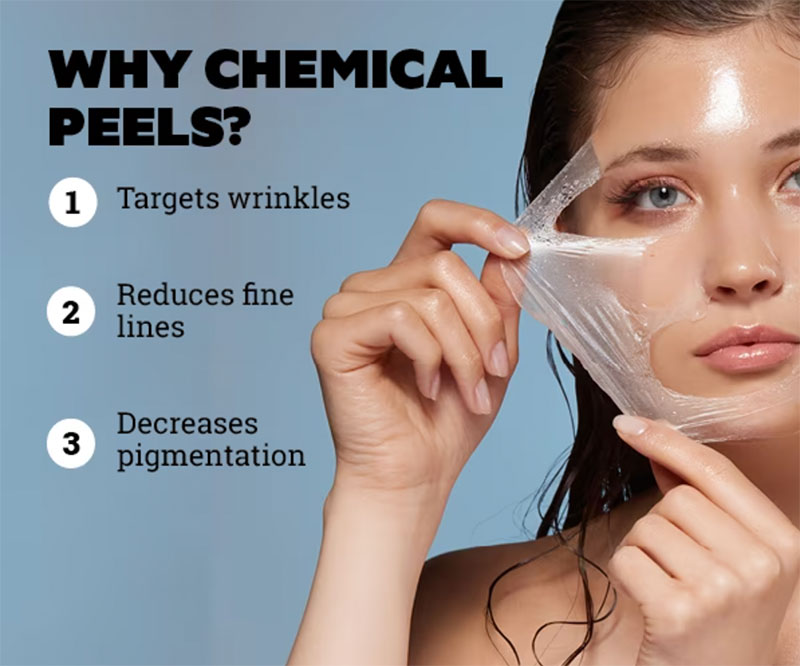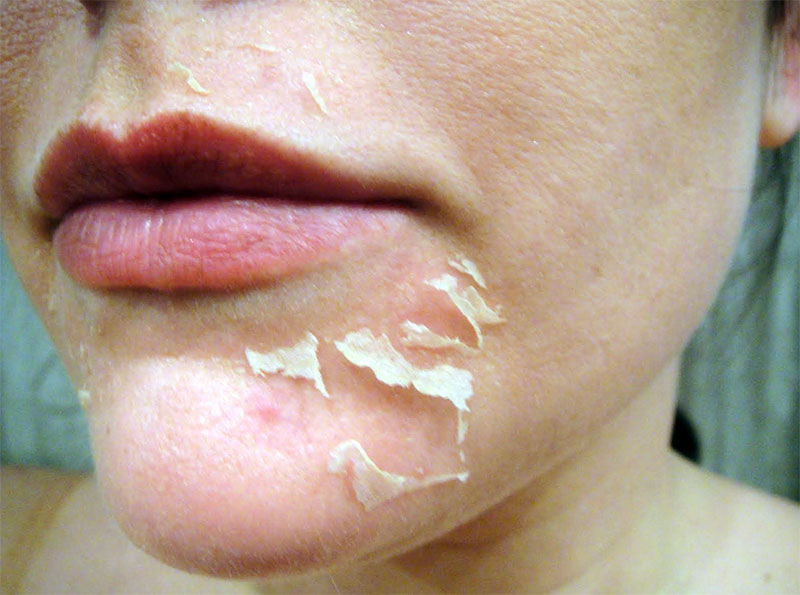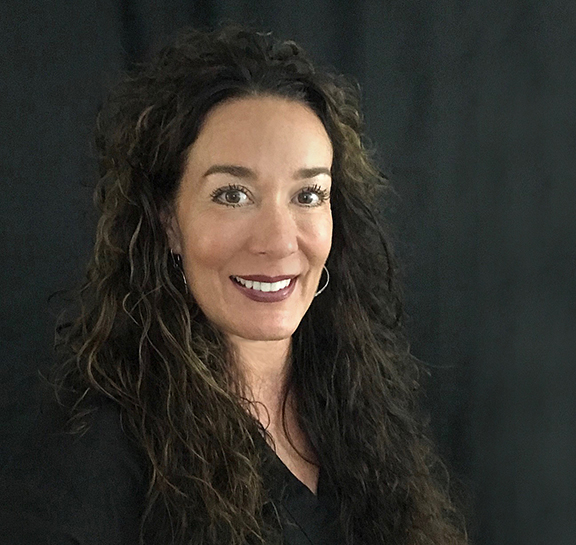Why have Clinical Facial Chemical Peels?

Chemical peels are highly sought after to improve the appearance of fine lines, wrinkles, rough texture, acne, and other signs of aging and sun damage. There is a good reason for this. Chemical peels with ingredients such as retinol or AHAs like glycolic acid or lactic acid, Salicylic acid (BHA) and Trichloroacetic Acid (TCA), are safe treatments with little down time. They are more affordable than many other med spa treatments and can be used safely across a range of skin types.
The Meaning of Chemical Peel
Skin Cell Turnover Cycle
Unbalanced Old Cells
Role of the Peel

How does a peel help with diminishing the signs of aging? Well, when it exfoliates, it breaks down the bonds between the dead cells that accumulate on the outermost layers of the skin and the baby cells underneath. This allows the old dead cells to slough off more efficiently than they do on their own. It also stimulates the natural cell turnover process, allowing the fresher baby cells to rise to the surface more quickly, resulting in less fine lines and wrinkles. This whole process makes the skin plumper with less visible discoloration. It immediately reveals the smoother, brighter complexion below.
These chemical peels work in the epidermis, and they work gradually. They are mainly given in a series to achieve optimal results, with 4 weeks between each treatment. Contact us at BodyLab Med Spa for a complimentary skin consultation.

